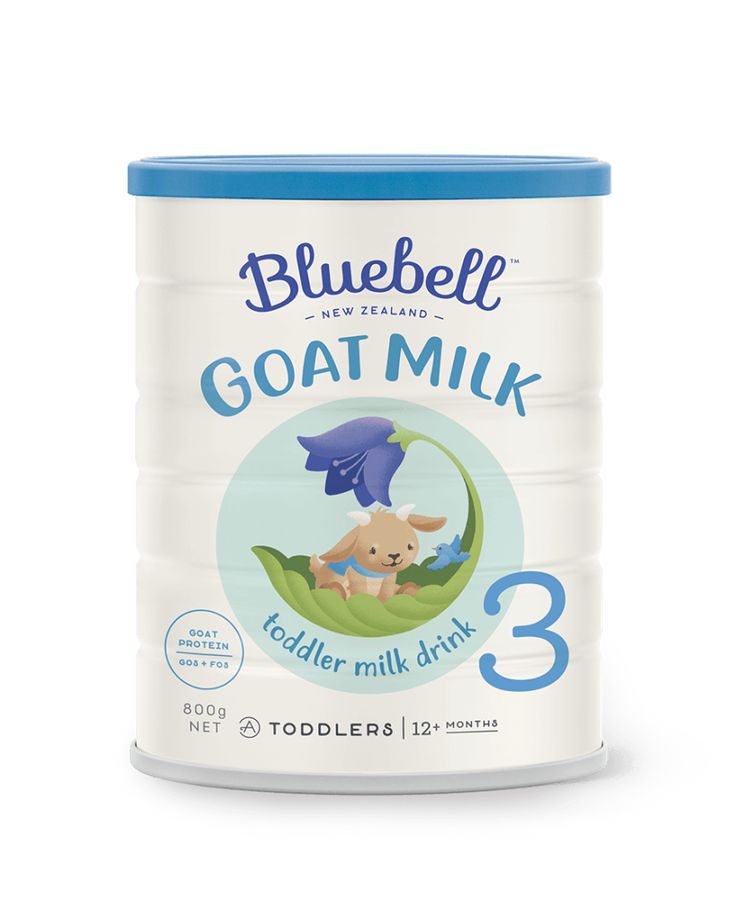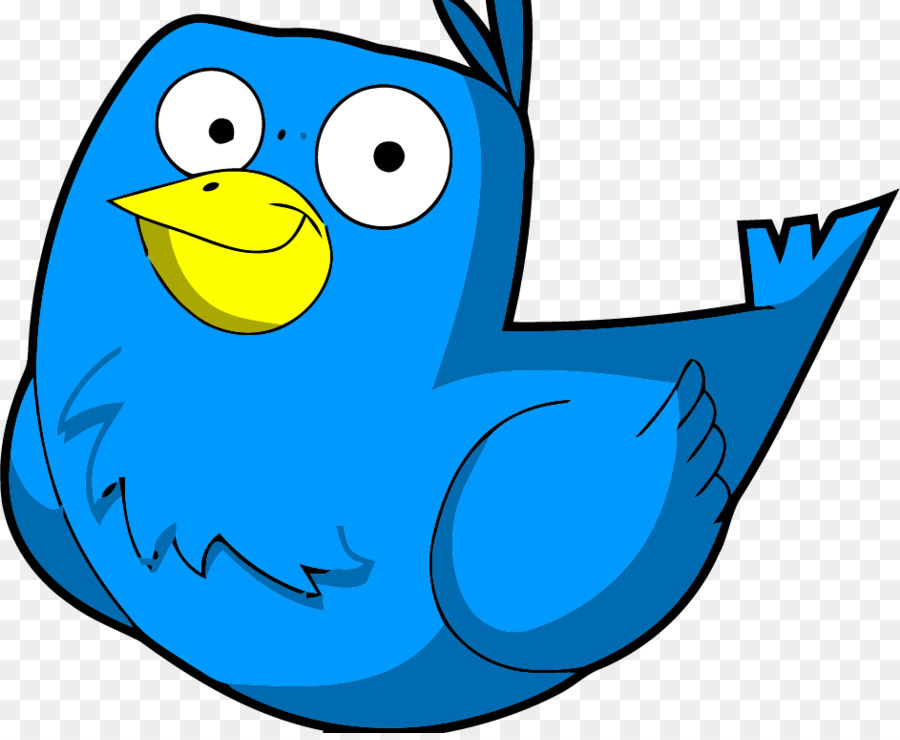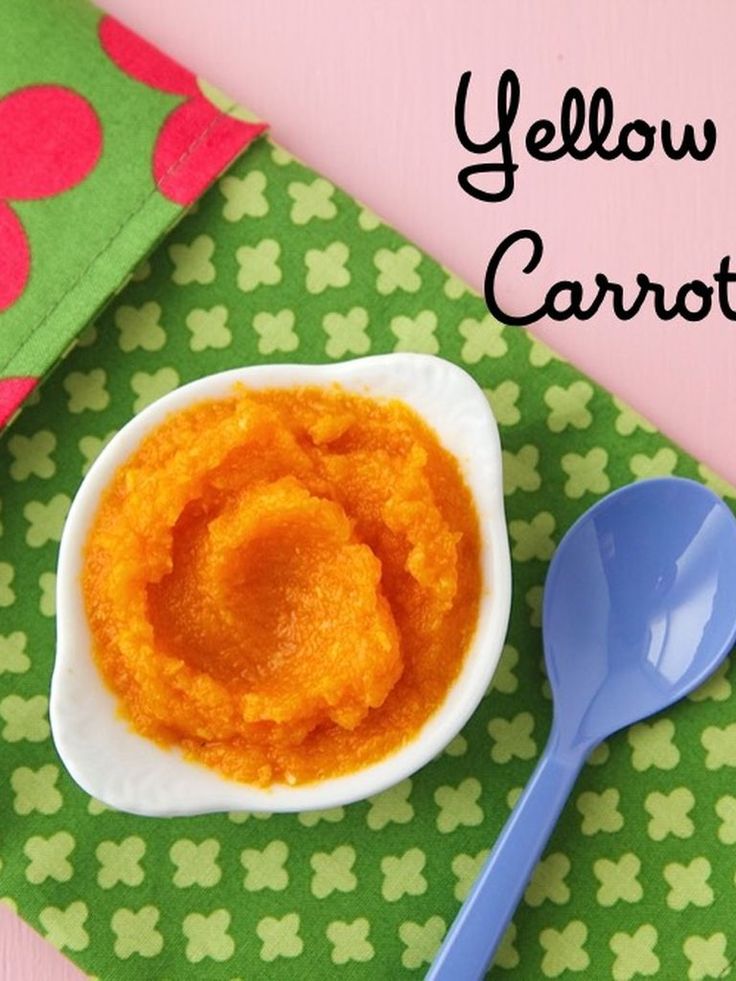Feeding games for baby
Baby Food Feeding Race - Baby Shower Games
Baby Food Feeding Race Game
Supplies: Baby food, plastic spoons, bibs and towels
One of the joys of having a baby come when the baby starts to eat real food. The faces, the mess and the fun choo-choo sounds effects help make meal time fun. Now your friends and family can join in the feeding frenzy with our Baby Food Feeding Race.
Baby Food Feeding Race Game Prep & Play
a. You’ll need a jar of baby food for each team, plenty of bibs and maybe some towels.
b. Have guests partner up. One person from each team gets to put on a bib. The other team member stands behind the teammate with the bib and is given a spoon and an jar of baby food.
c. The teammate with the baby food must feed the person with the bib while standing behind them.
d. To make things more interesting have a variety of baby food yummy kinds like Apple Sauce and scary kinds like Split Peas (sorry split pea fans) and have each team choose a mystery jar. Make sure to remove the label, so it is a real mystery.
e. Have 2-4 Teams compete at a time. The first team to finish their baby food and not just spill it all over the place wins a prize. If you have a large shower, it is best to have two heats as it is a fun and entertaining game to watch and then the winners of each heat can play again in the finals. Play a final round to determine the winner.
Item to Note
Watch out for Baby Food Spillers! Competitive ladies like to win and one thing you should mention is that the game is called Baby Food Feeding race not Baby Food Spilling Race, so if any contestants just spill the baby food as a way to empty their jar they will be eliminated from the game. This should keep players honest.
Variation – Baby Food Feeding Relay Race
In this version instead of having two person teams, you might have three teams with 4 or 5 people on them.
a. You set a Start line, that is wear the Teams stand and you set a feeding line (about ten feet away) where you can have a chair / stool where the baby (teammate) will sit to be fed. You’ll want to have extra bibs and towels by the stool.
You’ll want to have extra bibs and towels by the stool.
b. You Start the game with the First Player from the team going down to the stool placing a bib on a towel on her lap. The Second Team Member is given a spoon and an open jar of baby food. When the hostess says go the Second Team Member heads to the baby, stands behind them and starts feeding them the baby food.
c. When the Baby Food jar is empty. The First Team Member (baby who was being fed) stands up and can now remove their bib. They turn to the Second Team Member and grab the baby food jar and spoon and head to the starting line.
d. Once the jar and spoon have been take from the Second Team Member, they must now grab a bib, tie it on, sit in the chair and place a towel over their legs so they don’t get baby food on them.
e. When the First Team Member gets back to the start line, the Third Team Member can now leave with her spoon and food and start to feed the Second Team Member when they have their bib on and are seated.![]()
f. This process continues until everyone, including the First Player, has feed the baby. The first team to have all their Team members do it first wins!
Baby Food Games - Etsy.de
Etsy is no longer supporting older versions of your web browser in order to ensure that user data remains secure. Please update to the latest version.
Take full advantage of our site features by enabling JavaScript.
Find something memorable, join a community doing good.
(1,000+ relevant results)
Proper childcare: play and feeding
Proper care is very important when playing and feeding.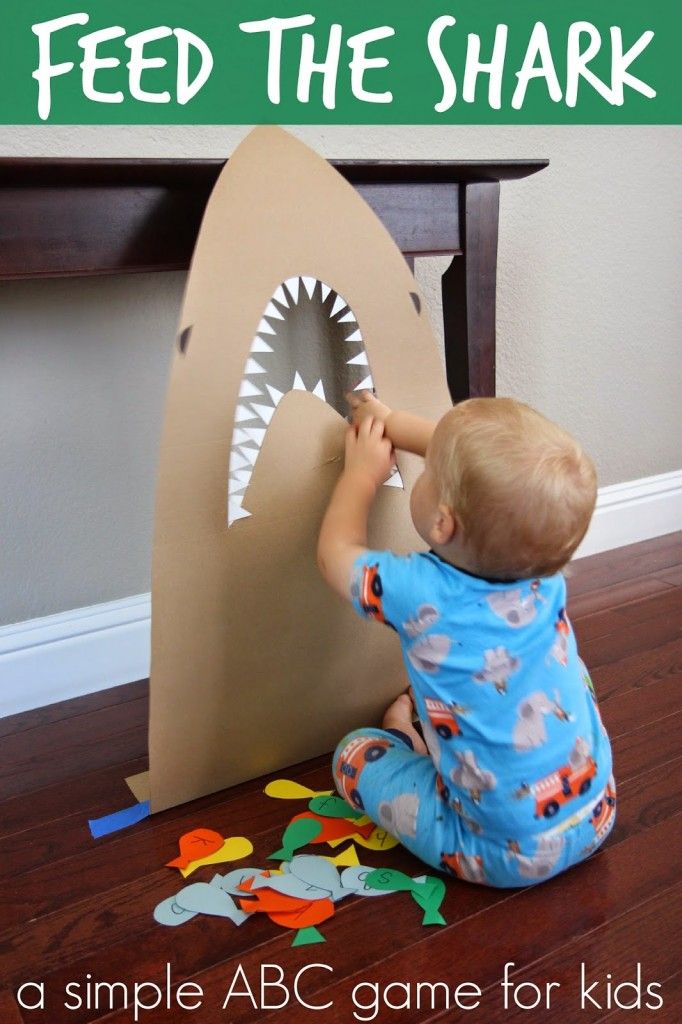 Children of all ages love to play with their parents. You can play with your baby anywhere: on the changing table, on the playground, on your lap while holding your baby, etc. You can play finger games or toys, sing songs, you can move with the child, dance and play with him when he gets a little older.
Children of all ages love to play with their parents. You can play with your baby anywhere: on the changing table, on the playground, on your lap while holding your baby, etc. You can play finger games or toys, sing songs, you can move with the child, dance and play with him when he gets a little older.
One of the famous, comfortable positions for feeding, playing, massage and just showing affection is the position when your legs form a ring. To do this, sit on the floor and connect the soles of your feet to each other. Now you can put your baby's head on your feet and continue caring for him:
Position on feet
It is quite comfortable to feed and change a child on your knees, but only if he is not too big yet. So you can cuddle and play with him. To properly position your baby on your lap, you should sit on the floor and place your baby on your hips:
Hip position
If you are tired of sitting on the floor, or you are uncomfortable, then you can, for example, get a special footstool to reproduce this posture, sitting in an armchair or on a sofa and placing your feet on this bench.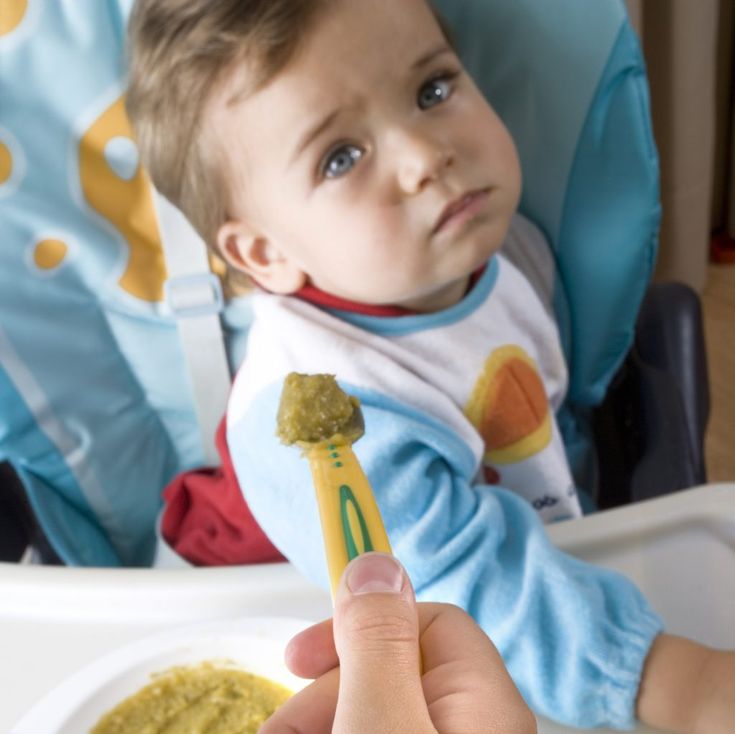 The main thing to remember is that the baby's head should still be comfortable and stable on your hips and not lean back behind your knees.
The main thing to remember is that the baby's head should still be comfortable and stable on your hips and not lean back behind your knees.
If you are breastfeeding, it is best to change your breastfeeding position regularly. At the same time, make yourself as comfortable as possible, then your child will also feel this comfort and relax. Breastfeeding is an individual dialogue between mother and child. There are many suitable and unusual positions for this which are not described here. If you require this information, please refer to the relevant literature.
Breastfeeding, like the rest of baby care, also requires changing the sides through which you interact with the baby. However, if you are feeding him with a bottle, hold the bottle in one hand and the baby in the other so that he does not have to turn his head. Feeding on your knees occurs in a symmetrical position - the child can easily eat porridge from a spoon.
For feeding porridge, it is better to use a flat spoon made of plastic or metal, depending on which spoon the child is better at removing porridge from. Insert the spoon directly into the child's mouth and lightly press down on the tongue from above. Then he should be active and independently remove the porridge from the spoon with the help of his upper lip. Thus, the first chewing activity is started. You should not just remove the porridge from the upper lip of the child, while continuing to encourage and strengthen the suction reflex, your task is to teach the child to chew.
From the 6th month, the child usually begins to perform grinding movements with the lower jaw, i.e. learn to chew. To support this skill, you can let the porridge flow from the spoon inward over the cheeks. Then the child will begin to chew and try to pull the porridge out of the cheek pocket with his tongue. Then he presses the porridge with his tongue against the palate, in contrast to the sucking process, in which the tongue remains lower.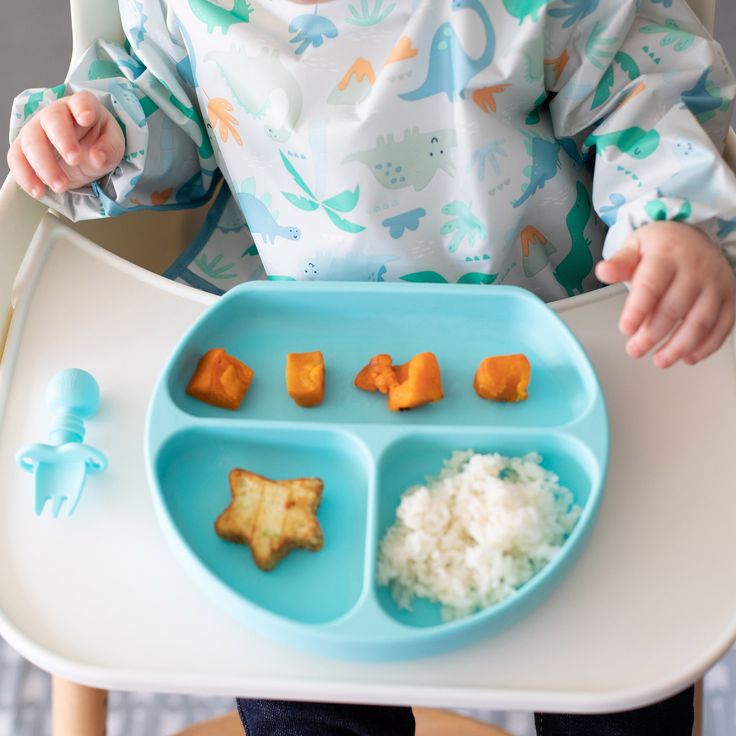 Feeding, where the child takes an active part, contributes to the development of motor skills of the language, which, in turn, is a necessary condition for its proper formation.
Feeding, where the child takes an active part, contributes to the development of motor skills of the language, which, in turn, is a necessary condition for its proper formation.
For the same reason, you can gradually teach your child to drink from a cup from the age of 6 months. While drinking, the tongue should form a depression for the liquid. After the first year of life, it is harmful to use nipples or bottles with special nozzles, because they negatively affect the development of teeth, mouth and jaw. Again, they encourage the baby to continue sucking and chewing and swallowing skills are inhibited. In addition, the nozzle puts pressure on the first teeth, which can harm their proper formation and growth. The jaw joint is also subjected to adverse stress, as the mandible is constantly pushed back by the suction movement and malocclusion may develop. But this does not apply to cases when a child uses a drinking straw from the age of two, on the contrary, it has a beneficial effect on the motor skills of the oral cavity.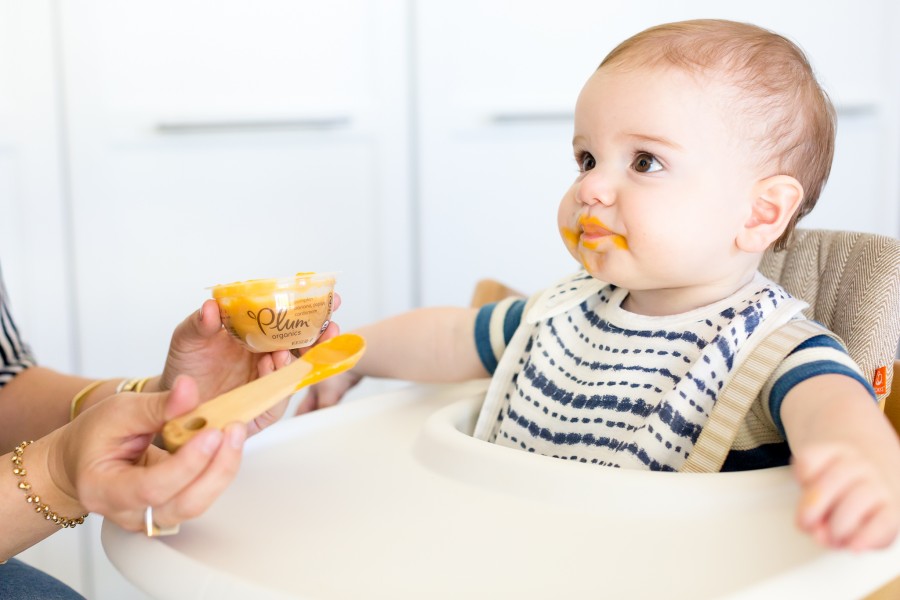
0. Daily childcare (introduction)
1. Daily handling of the baby (handling)
2. How to carry a baby
3. Play and feeding
4. Dressing, changing diapers and bathing
5. Back position
6. Side position
7. Prone position
Games for children 1-2 months old
| More on the topic: |
| Baby from 6 to 7 months, what to do with him Baby 5 to 6 months, what to do with him Baby 4 to 5 months. What to do with him Child from 3 to 4 months. What to do with him Infant from 2 to 3 months. What to do with it |
Educational games for babies 1-2 months stimulate the senses and expand the baby's perception of the outside world (voices, smells, movement). During the 2nd month of life, the reaction of the child to the behavior of adults becomes more distinct. The baby improves coordination of movements, vision and hearing. Lying on his stomach, he can move his head from side to side. But remember to support your baby's head when you take him out of the crib or carry him in your arms. The kid is able to track the movement of the toy at a distance of 20-30 cm. The child is interested in new non-speech and speech sounds. He reacts differently to them: loud ones frighten him, and calm, quiet music calms him down.
The baby improves coordination of movements, vision and hearing. Lying on his stomach, he can move his head from side to side. But remember to support your baby's head when you take him out of the crib or carry him in your arms. The kid is able to track the movement of the toy at a distance of 20-30 cm. The child is interested in new non-speech and speech sounds. He reacts differently to them: loud ones frighten him, and calm, quiet music calms him down.
The baby sleeps less, responds better to sounds and bright light, feels good touches on the body, more actively shows by his behavior that he is uncomfortable. During this period, you will be able to determine (if you are attentive to the child’s signals) when the baby feels good and when it’s bad, why he screams (from pain, hunger, or to attract attention), how best to hold and carry him in your arms, how calm him down, how to feed and put him to bed,
By observing the behavior and reactions of the child, you can cope with the difficulties that will arise in the first months.
You can already begin to decide what toys a child needs up to a year. At 1-2 months, show your baby sounding and luminous toys, as well as toys made of different materials (plastic, wood, rubber, rag, etc.). Talk to the child, sing songs to him, dance with him, gently rocking. All this develops hearing, vision, tactile sensitivity. However, too intense communication and continuous stimulation with sounding and luminous toys can tire the child - he will begin to act up or cry. In this case, let the baby rest. And if the baby is crying, take him in your arms, gently shake him and, when the baby calms down, put him in the crib.
Remember that you can communicate and engage with your child at any time when he is awake and feels good.
- Talk to your baby whenever he sees you and when you approach him Talk about the baby, about your feelings for him, about what you will do now. Change your intonation, speak softly and loudly. This will help the child to further understand the situation and respond appropriately to it.

- During feeding, the baby should see your face (make brighter lips, eyebrows) to observe the change in facial expressions.
- If you are bottle feeding your baby, put a striped bottle cap (preferably black and white). The strips attract attention and stimulate vision.
- Wear perfume or toilet water even when you are at home. The baby will learn about your approach to him or removal by smell.
- When dressing and undressing the child, touch his body lightly at first, then more intensely. By naming the parts of the body that you touch, you help your baby recognize his body.
- Blow on the arms, tummy, face of the child: at first lightly and gently, then more intensively. This develops tactile sensitivity, while at the same time the baby continues to recognize his body.
- Place a terry towel on the bottom of the tub while bathing. Wash the baby first with your hand, and then with a soft terry cloth.
- Play hide-and-seek with your baby when you dress him after bathing: cover your face with your hand or the edge of the diaper, then open up and say: "Cuckoo.
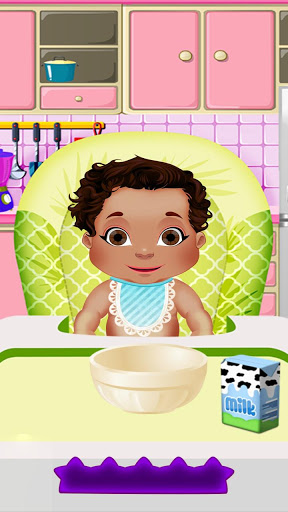 "
" - During wakefulness, change the position of the child, laying him on his stomach, on his side, on his back.
- When the baby is awake, you can do special exercises to develop hearing, vision, smell, tactile sensitivity.
- It is necessary to introduce the child to different sounds. You can wear a bracelet with bells or a bell on the leg or handle. By moving the legs and arms, the baby will hear sounds.
- While holding the baby in your arms, recite short rhythmic verses and move around the room. In this way, you will introduce the child to the rhythm and pace of speech.
- Talk to your baby when you enter the room where his crib is. As you approach, he will hear speech from different distances.
- Continue to introduce the child to new sensations from touching the body with different materials. Stroke the baby's arms and legs with scraps of various fabrics (satin, silk, velveteen, flannel, etc.) or put them under bare legs for a short time.
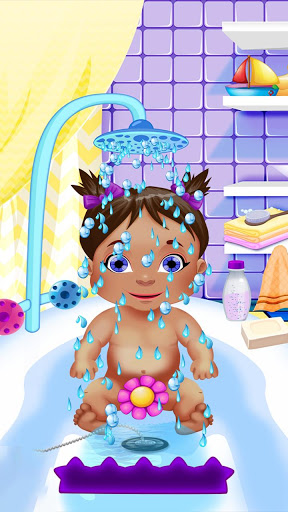
- Swipe a soft sponge or brush over baby's bare legs and arms. He will begin to actively move them and experience new sensations from soft touches.
- Introducing a child to smells, you develop his sense of smell. Bring to the baby's nose, for example, vanilla or mint eau de toilette and let him smell it.
- Hang the toy with a rubber band in the child's field of vision. Stretch the elastic occasionally so that the toy "jumps" up and down. Over time, the baby will learn to follow the toy with his eyes and grab it. For these purposes, a soft rattle-pendant is also perfect: the child pulls it towards himself, lets go - and the toy vibrates funny.
- Move toys suspended above the crib periodically to the right and left of the center. The kid will learn to track the direction of movement.
- Make a cardboard face and show it to the child at a distance of 20-25 cm from his face. Move the face to the right and left so that the baby follows its movement with his eyes.







